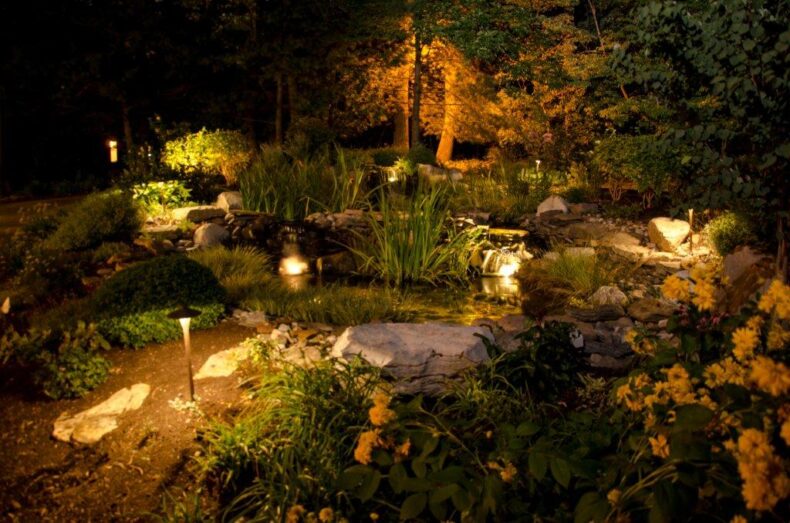Dylan is our DIY and construction go-to. With a passion for sustainable construction, he puts his degree to use in each article he writes. While he’s moved away from the architectural field, he still applies everything he has learnt to his writing.
In 2020, Dylan made the best of the situation and began a long-distance course in journalism. He’s been writing since 2015, and his architectural degree fortified his academic writing skills. Using the journalism course, he widened his writing abilities to different types of publications.
“You can never stop learning. Every new skill you gain always has more than one application. If you’ve mastered one skill, it’s time to learn something new.”
DIY projects have become a hobby for him, trying to turn his home into an eco-paradise. His design and model-building skills have translated into a practical hands-on approach to DIY projects.
You’ll find either hand-drawn or digital sketches when reading Dylan’s articles. He believes that sketches and drawings convey information that accompanies writing perfectly. Using all this, he writes clear step-by-step guides to sustainable DIY projects you can try at home.
Lastly, he wants to share his knowledge with others so they can also build their own eco-home. One way to be more sustainable is to ensure that you live in a home with a low environmental impact. Each DIY project makes a difference, even if you try one project or a retrofit of your whole home.
Education
User Posts: Dylan Crosbie
Our homes are becoming smarter by the day as we bring in new and exciting technologies. Unfortunately, while these appliances and electronics make our lives ...
As much of the world moves into winter, many are looking for alternative methods to heat their house. During colder months, there's a significant spike in ...
Geothermal heat pumps vs. gas furnaces — both are effective methods for household heating, cost-wise and heat-wise. However, only one can be crowned the most ...
As tiny homes become an increasingly popular way of living off-grid, many people are curious about how to design such a home. While there's ...
Tiny homes continue to gain traction, with word spreading far and wide through big platforms such as YouTube and Netflix. But what makes a tiny home, well, ...
Does the construction of bridges, dams, tunnels, and roads interest you? If so, a career in civil engineering may be worth it! The above structures form an ...
Choosing between solar installation companies can be extremely daunting. Solar arrays are expensive, and the initial investment required is substantial. ...
Whether you're thinking of heating your pool or replacing your geyser, you've probably wondered about the cost of a solar water heater. These water heaters ...
A DIY Solar Cooker allows you to enjoy hot food anywhere off-grid; it's a portable and low-cost method to cook food while out and about. You can slow ...
Lighting up your garden at night will add ambiance to your surroundings, especially for BBQs or parties. When it comes to garden lighting, DIY solar lights ...
If you're trying to live a more sustainable lifestyle and reduce waste, you may have considered making a DIY home cleaner. Store-bought detergents often ...
Electric and gas-fired tankless water heaters (TWH) are revolutionizing the way we access hot water in our homes; they're efficient, cost-effective, and save ...
- 1
- 2
- 3
- …
- 5
- Next Page »


















Hi Ryan,
That’s a great idea if you use the greywater for irrigation.
However, I’m unsure how often you’d need to change it. Perhaps simply keep an eye on it, and if it begins to clog with oil or smell, it’s time to swap it out.
Try monthly at first, and if necessary, maybe twice a month or even weekly. You’ll need to play it by ear.
I’ll shoot you an email, and if you have any other questions, we can chat about them there.
Kind regards,
Dylan
Hi Ryan,
For your sand and aggregate filters, it’s best to change them every 5 to 10 years.
The frequency that you’ll need to change your biofilter depends on what materials you’ve used. For example, if you’re using mulch, it would be best to change it once a month. However, if you’re using a wetland biofilter, it’s self-sustaining.
Could you provide me with more detail on what materials your biofilter uses so I can give you a more accurate answer?
Kind regards,
Dylan
Hi Terces,
Unfortunately, the image is only a rendering of a passive home. It wasn’t built.
I’ve tried to find the architects for that render, but since the image is a stock photo, I wasn’t very successful.
Would you be interested in an article highlighting different passive home designs with links and more information to them?
Best regards
Hi Josef,
I’m glad you enjoyed the article!
It’s always advised to separate the different systems. Not only would the greywater contaminate the rainwater, but there are different legal requirements for each system.
If you live in the U.S.A, you can check out our rainwater laws article. If not, it’s best to contact your local municipality to see what laws and regulations are in place for both rainwater and greywater.
It really depends on your budget and what you plan on using the water for. Greywater systems can be more expensive due to the filters required.
If you’d like to find out more about rainwater systems to see if they fit your planned project, you can check out our rainwater system article.
I hope this helps.
Best regards
Dylan
Hi Claire,
Thanks for reaching out!
Unfortunately we can’t give a concrete answer on how much an earth home would cost.
The price of building an earth home will vary depending on your location and the design.
Some factors include:
– How much excavation will you need?
– What materials are your using?
– How are you allowing light into your home?
The best way to get an accurate price would be to contact a pre-fab earth home manufacturer or speaking to a local architect.
I wish you luck with building a new home!